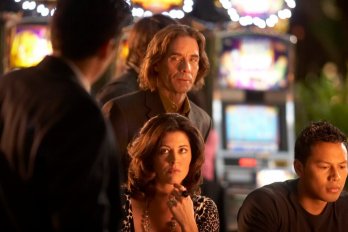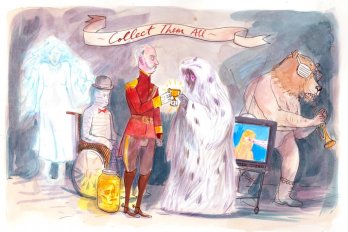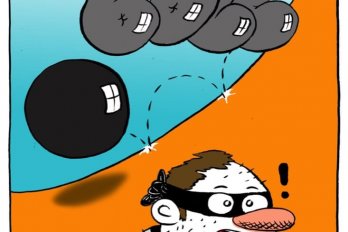The fate of the United States military prison at Guantánamo Bay — the most politically, legally, and morally charged real estate in the world since January 11, 2002, when the first al Qaeda and Taliban combatants were taken there — is sealed. In the days after he stood before the US Capitol and said he would not sacrifice the rights of men for the sake of expedience, Barack Obama suspended the military trials of Toronto native Omar Khadr and twenty other men accused of terrorism, and issued an order to close the facility within a year. It will take the new American president some time to work out a viable alternative, and even then the consequences of his predecessor’s infamous military experiment will be with us for years to come. How Guantánamo is remembered will depend in part on what we learn about what went on inside its walls — but until now such information has been scarce.
In November 2007, Canadian photographer Louie Palu joined several journalists on a tightly scheduled, highly mediated US Department of Defense tour. He saw enough to justify a second trip, and after a year of lobbying he and a wire service photographer were granted extended access to places of interest, including some that had never before been photographed. He was even allowed to approach detainees, if only to ask permission to take their pictures. He did not see everything he wanted (DoD officials refused to respond to his queries about the rumoured Camp Seven, where “high-value” prisoners like Khalid Sheikh Mohammed are supposedly held), and was unable to keep every photograph he took, but his images and observations — reproduced in part on the following pages — are critical to our understanding of a place that will haunt us long after it’s gone.













